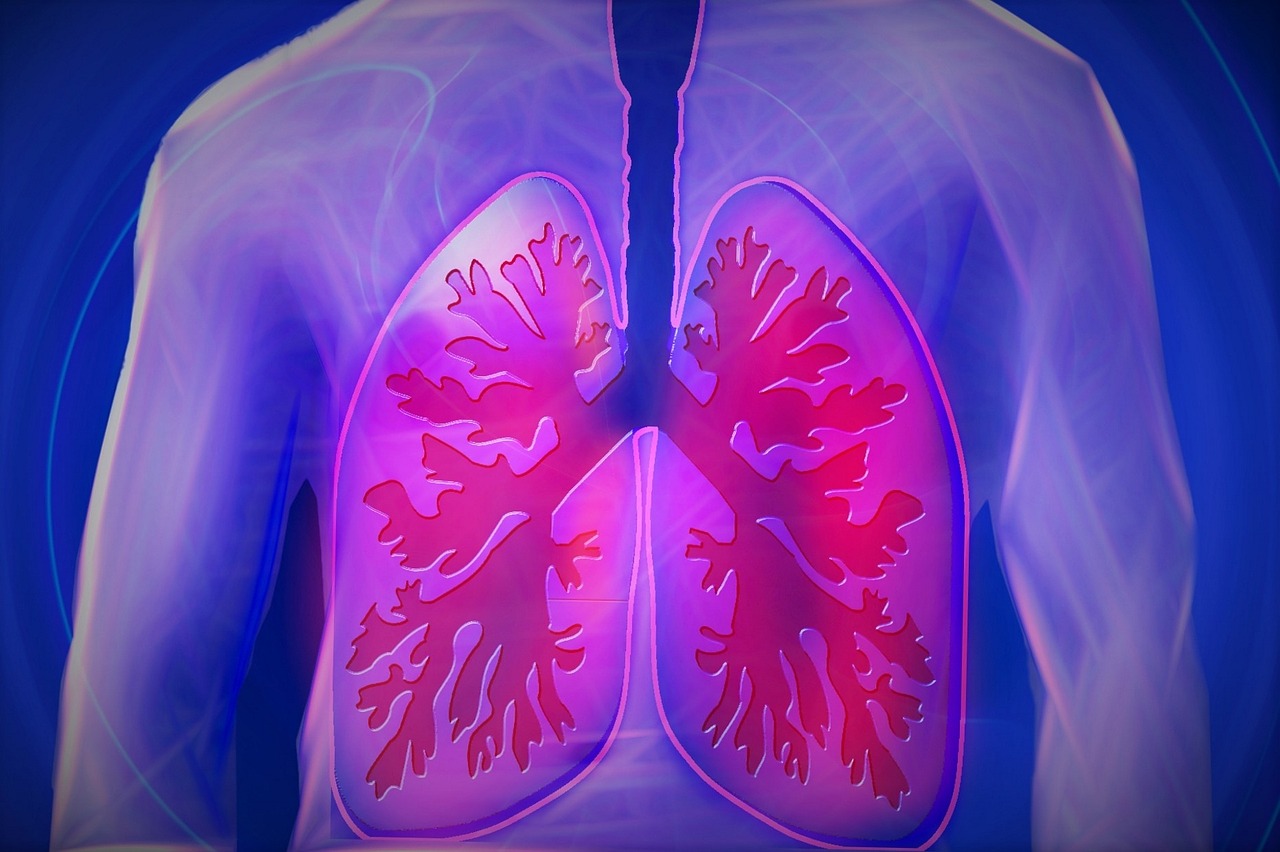
Detoxifying the lungs is important because the lungs are vital organs that exchange oxygen and carbon dioxide and filter harmful substances and pollutants from the air we breathe. Over time, our lungs become clogged with toxins and pollutants from the air we breathe, as well as smoke and environmental factors. Pulmonary detoxification helps remove these harmful substances from the lungs so they can function more effectively and efficiently. By detoxifying your lungs, you can reduce your risk of developing respiratory problems such as asthma, bronchitis, congested chest, breathlessness and chronic obstructive pulmonary disease (COPD). Detoxifying the lungs can also improve our overall health and well-being. By removing harmful toxins from your lungs, you can boost your immune system, reduce inflammation and improve your energy levels. Overall, lung detoxification helps protect and improve lung health, which is important for our overall health and well-being. Pay attention to the following steps to detox your lungs.

- Inner environment- it is important to manage the inner environment well because we cannot control the outer environment (air pollution, heavy metal pollution, etc.). The only way to fight from within is to build immunity from the inside. 4 methods of doing so involves- 1. Nutrition 2. Exercise 3. Sleep 4. Stress. Eat warm food to loosen the mucus. Add warming spices like Black pepper, Cardamom and lung-strengthening herbs like Thyme and Rosemary to your diet. Pineapple is rich in vitamin C, which protects us from any damage caused by free radicals, and vitamin C is also important for immune function. Avoid mucus-producing food items like milk, wheat, sugar and processed foods to heal the lungs. Exercising increases the breathing rate and activates the lungs, leading to better oxygen absorption. So include aerobic exercise such as running, jogging, swimming, brisk walking, interval walking and stair climbing to strengthen and detoxify your lungs naturally. Adequate exercise according to your age is needed. Sleep is the most important step in optimizing immune system and lung health. Because all recovery and repair happens during sleep. Sleep 6-8 hours a day. Finally, manage your stress levels. Ongoing chronic stress can lead to shallow breathing and reduced oxygenation, which can be detrimental to lung health.
- External environment- The external environment is also important for proper lung detoxification and prevention of lung disease. Air pollution, car pollution, contamination from fertilizers and pesticides, Teflon-coated cookware, and smoking all contribute to lung damage. Secondhand/passive smoke is also dangerous. Masks can be used to prevent these pollutants. Keep indoor plants that purify the air, such as snake plants and money plants. Wear natural fabrics like cotton, silk and khadi and avoid synthetic fibers like nylon. Use cast iron, stainless steel or glass containers. Also, chemical-laden cosmetics and air freshener sprays aren’t good for your lungs, so use a diffuser or essential oils like eucalyptus oil and lemon essential oil to purify the air and strengthen your lungs. You can also use this essential oil as a floor cleaner. Live a non-toxic lifestyle and use as little plastic as possible.
- Yoga and pranayams- Yoga and pranayams plays a vital role in detoxification of the lungs. Simply sit for 2 minutes and inhale and exhale deeply everyday. Yogic asanas where we assume a posture and concentrate on breathing are very helpful for proper lung functioning.
Talasana (The palm tree pose) uses 3 sets of muscles- diaphragm, inter-coastal muscles and clavicular muscles, thus helps in development of respiratory muscles and their vital index. In talasana, stand straight with both legs 1 foot away from each other, fix your gaze at one point in the front. While inhaling raise both the hands from front up to your head, stretching yourself up right on your toes. Stay in this position for sometime. After that, rotate your palms outwards and from behind, rotate your hands and bring your hands down along with the toes.
Konasana 2 also improves your vital capacity of lungs. In this asana, stand straight and keep both your feets 3 feet away from each other. Now raise your right hand from the side up, inhaling let it come up to your head and your ear, upper arm, head should be together. Then start bending sideways all while inhaling, hold your breath double the time and while exhaling come back to your normal position. Repeat the same on the other side.
Pranayams improve lung function and increase lung capacity. Alternate nostril breathing, Kapalbhati, Bhastrika pranayam can also cure damaged lungs. These pranayams clears the pathway of your nostrils, generates heat in the body, strengthen the core muscles and drain mucus from the sinus cavity. - Anti inflammatory diet- Inflammation caused by free radicals in the body can be very damaging to the lungs. Constant inflammation of lungs leads to more mucus production which constricts the bronchioles. Focus on an anti-inflammatory diet that emphasizes nutritious whole foods and limits processed and unhealthy foods. Fruits and vegetables are full of vitamins, minerals, and antioxidants, that can help reduce inflammation and promote better lung health. Whole grains like brown rice, quinoa, and whole wheat are high in fiber and other nutrients that can help to reduce inflammation. Healthy fats like olive oil, avocados, seeds and nuts, and fatty fish like salmon are rich in omega-3 fatty acids, with anti-inflammatory properties. Lean protein sources like chicken, turkey, fish, and legumes are low in saturated fat and have anti-inflammatory properties. Many herbs and spices, such as turmeric, ginger, garlic, and cinnamon, have anti-inflammatory properties and can be added to foods to boost their health benefits. Pineapple contains an enzyme called bromelain, an active compound that can help reduce inflammation in the respiratory tract and improve lung health.
‘XOX’
-TriGr







